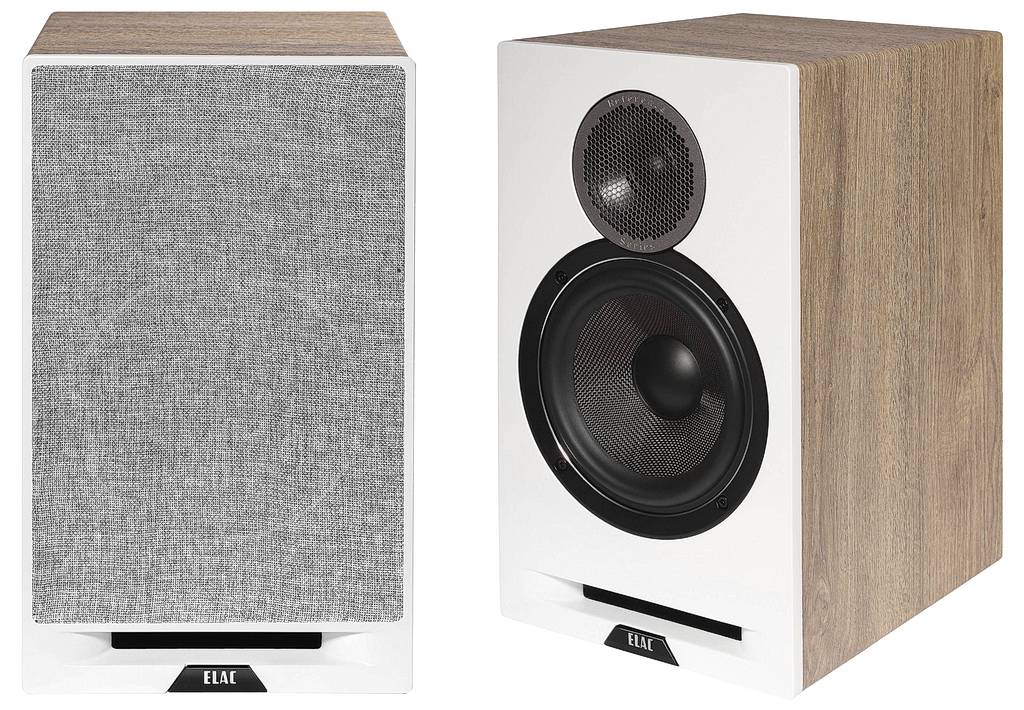
I used both the DB62 and Reference on open stands. Crucially, the Reference version has been voiced as closely as possible to the original. An 11-element crossover reportedly gives the new model a more linear frequency response as well as better off-axis performance.
#ELAC DEBUT 2.0 REVIEW STEREOPHILE DRIVERS#
The drivers themselves remain the same as with the DB62: a 6.5” aramid-fibre mid/bass unit and a 1” cloth-dome tweeter but, according to ELAC, the mid/bass driver chassis has been beefed up to reduce flexing and eliminate resonances and spider reworked to improve linearity at high excursions. It looks more solid too, measuring 1.5cm wider and shorter than the DB62.

The Reference’s cabinet has thicker panels and better bracing. Bass reflex porting is now handled by a dual-slot at the bottom of the front baffle it looks neat and is said to reduce port noise as well as improve bass dynamics. A new waveguide also reduces tweeter diffraction. The more open tweeter grill looks smart and reduces attenuation above 8kHz according to Andrew Jones. A walnut, black and stone finish is also available.ĭitch the grills and the Reference remains attractive. All beautifully coordinated – the transformation from the DB62 is startling. (This pair of) the Reference has a light-oak vinyl-wrap body and white front panel, finished with stone cloth grills. For the Reference, the balance presumably swung slightly more to the latter. Andrew Jones, the designer of both models, says that “with the (lesser) DB62 most of the money is in the engineering and only a little in cosmetic design”. The Reference’s appearance hits us first. The original DB62 performs well – I have a pair – so today we ask: is the new Reference version worth the extra money? And also: how does the Debut Reference compare to a far more costly standmount loudspeaker? We get a string of technical and cosmetic enhancements over the original Debut 2.0 B6.2 (henceforth referred to as the DB62) for an extra £170.

With its Debut Reference standmount loudspeaker (£499/€499/US$599), ELAC has done both. In audio, tweaks can start with enhanced looks – say a different finish or colour – and run all the way to significant re-engineering. The customer gets more choice and those dropping more cash get a better product. Get the formula right and you sell more whilst benefiting from economies of scale in R&D and production. It’s a common strategy across the automotive and entertainment industries: tweak an existing product, offer it alongside the existing one and charge a premium for the ‘special’ version.


 0 kommentar(er)
0 kommentar(er)
